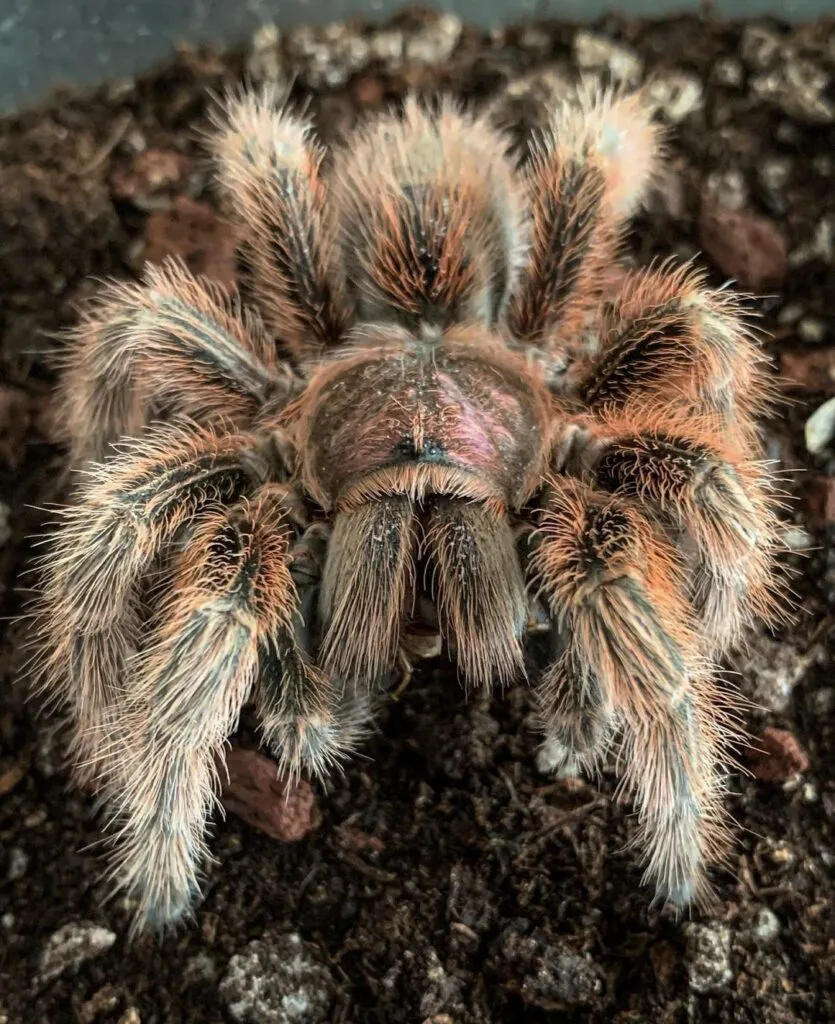What is a Rose Hair Tarantula Bald Spot
A Rose Hair Tarantula bald spot is a visible area on the tarantula’s abdomen where it has lost some or all of its urticating hairs. These hairs, which are barbed and irritating, are a defense mechanism for the tarantula. While the presence of a bald spot can be concerning for new owners, it isn’t always a sign of serious illness. The size, appearance, and potential causes vary, so understanding this phenomenon is essential for proper tarantula care and ensuring the well-being of your Rose Hair Tarantula.
What Causes Bald Spots on Rose Hair Tarantulas
Several factors can contribute to the development of bald spots on Rose Hair Tarantulas. These can range from natural processes like molting to environmental factors and nutritional deficiencies. A deeper understanding of each potential cause is crucial for effective prevention and management.
Molting and Bald Spots
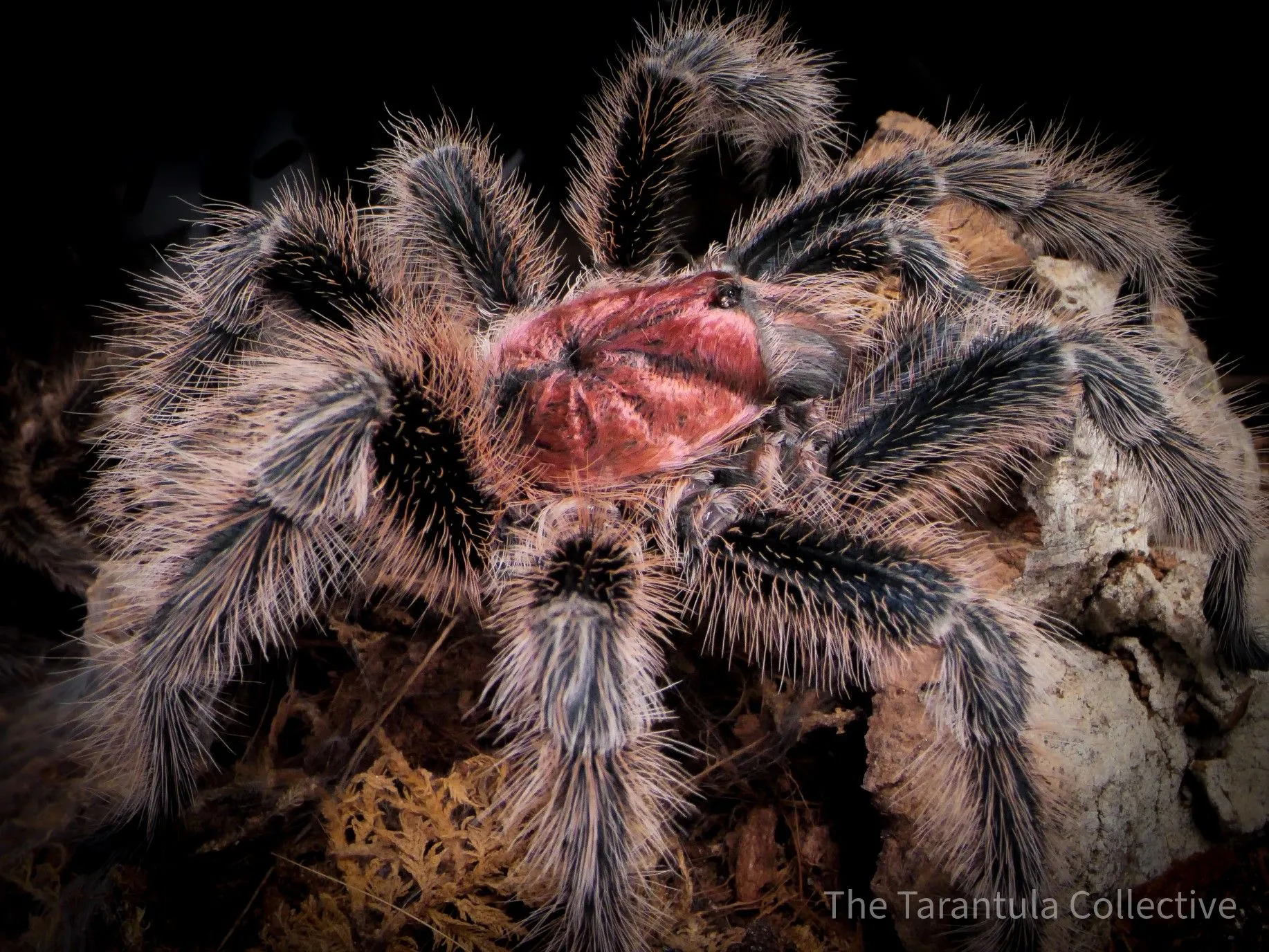
Molting is a natural process for tarantulas, where they shed their exoskeletons to grow. During this process, the tarantula may rub its abdomen against the enclosure, which could lead to some hair loss. This is normal. The bald spot will usually disappear after the next molt. If the bald spot is new after molting and the tarantula is otherwise healthy, it is likely just a normal process. If the tarantula appears to have several bald spots after molting, then there might be other underlying issues.
Habitat and Environment
The environment inside the enclosure plays a significant role in the tarantula’s health. If the enclosure is too dry, the tarantula may rub its abdomen more frequently, resulting in hair loss. Substrates that are too abrasive can also cause hair loss. It’s important to maintain a proper humidity level and use a substrate suitable for the species to prevent unnecessary bald spots. The enclosure should also be of the appropriate size, not too small or too large, as the tarantula may rub against the sides if it feels insecure or is unable to move around comfortably.
Nutritional Deficiencies
A poor diet or nutritional deficiencies can lead to several health problems, including hair loss. Tarantulas require a balanced diet that includes essential nutrients to maintain their health and the integrity of their exoskeleton. Feeding the tarantula a diet that lacks these nutrients can lead to hair loss. Always make sure you feed your tarantula a variety of appropriately sized insects that are gut-loaded for optimal nutrition and supplement if needed to help address any deficiencies.
How to Identify a Bald Spot
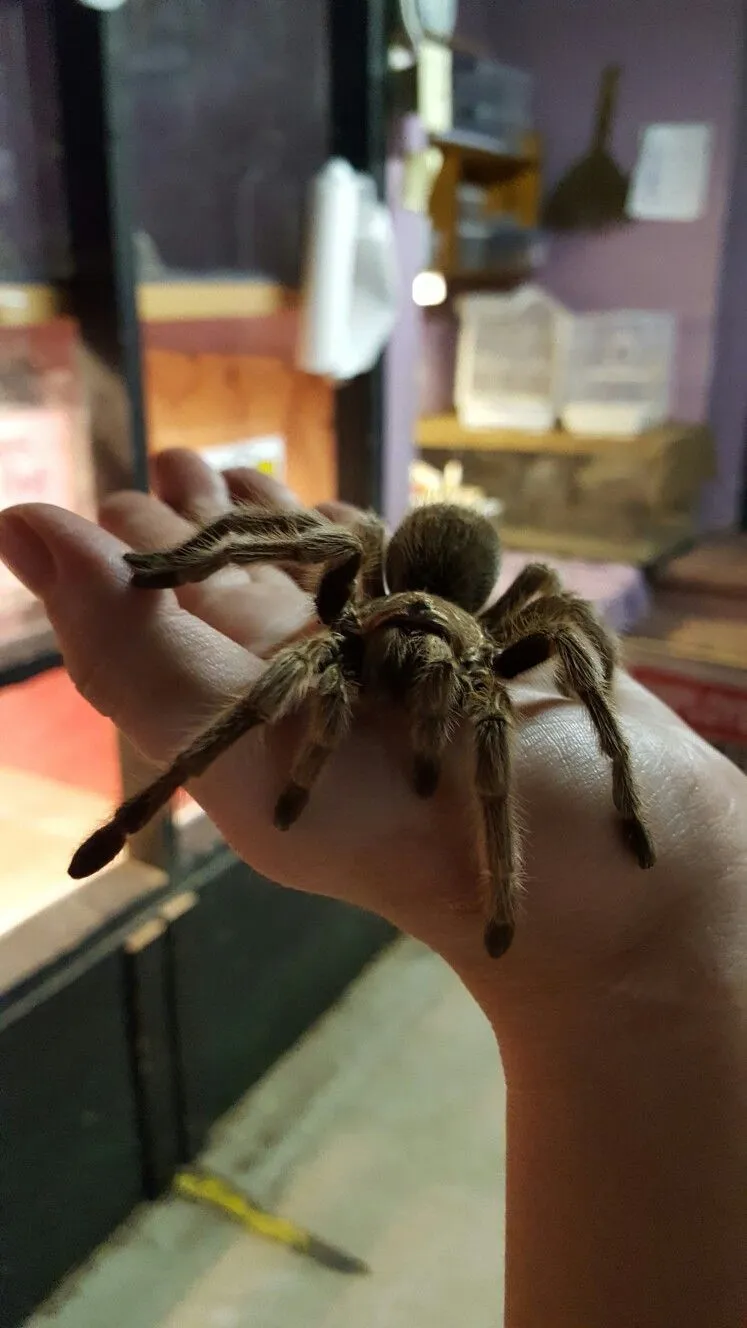
Identifying a bald spot on your Rose Hair Tarantula requires careful observation. Understanding how to recognize these spots helps in early detection, allowing for prompt intervention if needed. It’s essential to differentiate between natural processes, like molting, and potential health issues.
Location of the Bald Spot
Bald spots typically appear on the tarantula’s abdomen. This is the area where the urticating hairs are located. The location provides an important clue to understanding the cause. For instance, bald spots caused by molting are often temporary and localized, while those from environmental factors might be more widespread or consistently in contact with a specific part of the enclosure. Regularly observe your tarantula to note the areas where the hair loss is occurring.
Appearance of the Bald Spot
The appearance of the bald spot can also provide clues. A bald spot might be a lighter color than the rest of the abdomen or it can be a completely different color. If the bald spot is small and not very noticeable and the tarantula is otherwise healthy, this is likely due to normal wear and tear. If the bald spot is large, inflamed, or accompanied by other symptoms like lethargy or loss of appetite, this is a sign that you may need to further investigate. A veterinarian should be consulted if necessary.
What to Do About Bald Spots
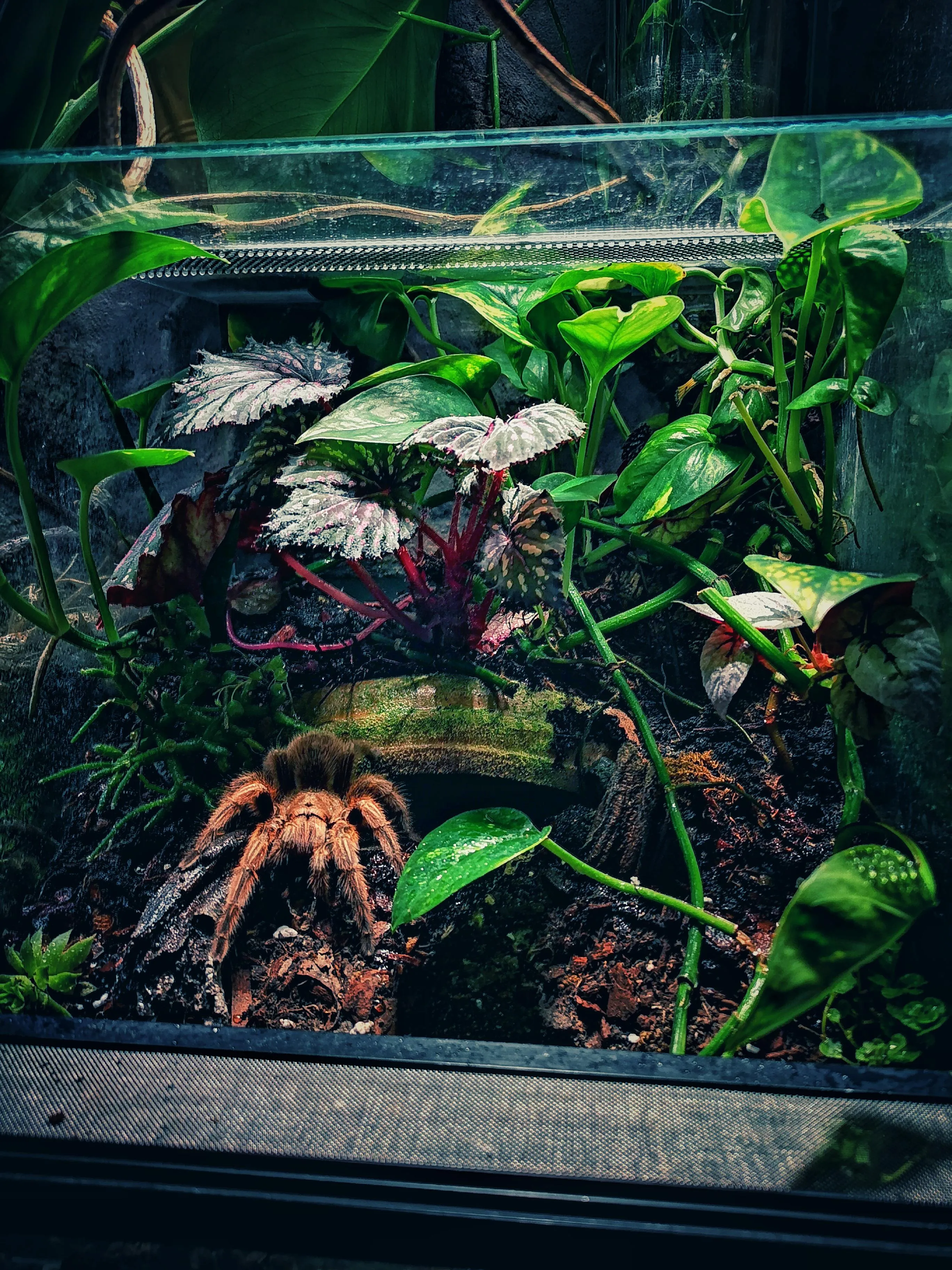
Addressing bald spots involves identifying the underlying cause and taking appropriate measures. This includes both environmental adjustments and care practices to support the tarantula’s health and well-being.
Improving Habitat
If environmental factors are contributing to bald spots, adjust the habitat accordingly. Ensure the enclosure has the correct humidity levels, generally between 60-70%. Use a substrate that is appropriate for the species, such as coconut fiber, which retains moisture well. Also, make sure the enclosure is the right size and free of any abrasive elements, like sharp decorations, that might cause your tarantula to lose hair. Regularly clean the enclosure to remove any waste and prevent the build-up of bacteria.
Proper Nutrition
Provide a balanced diet to ensure the tarantula is getting the nutrients it needs. Feed the tarantula appropriately sized insects that have been gut-loaded with nutritious food. Variety is essential, so offer a range of insects and, if appropriate, supplement with vitamins and minerals to address potential deficiencies. Ensure fresh water is always available. Avoid overfeeding, as it can lead to other health issues.
When to Consult a Vet
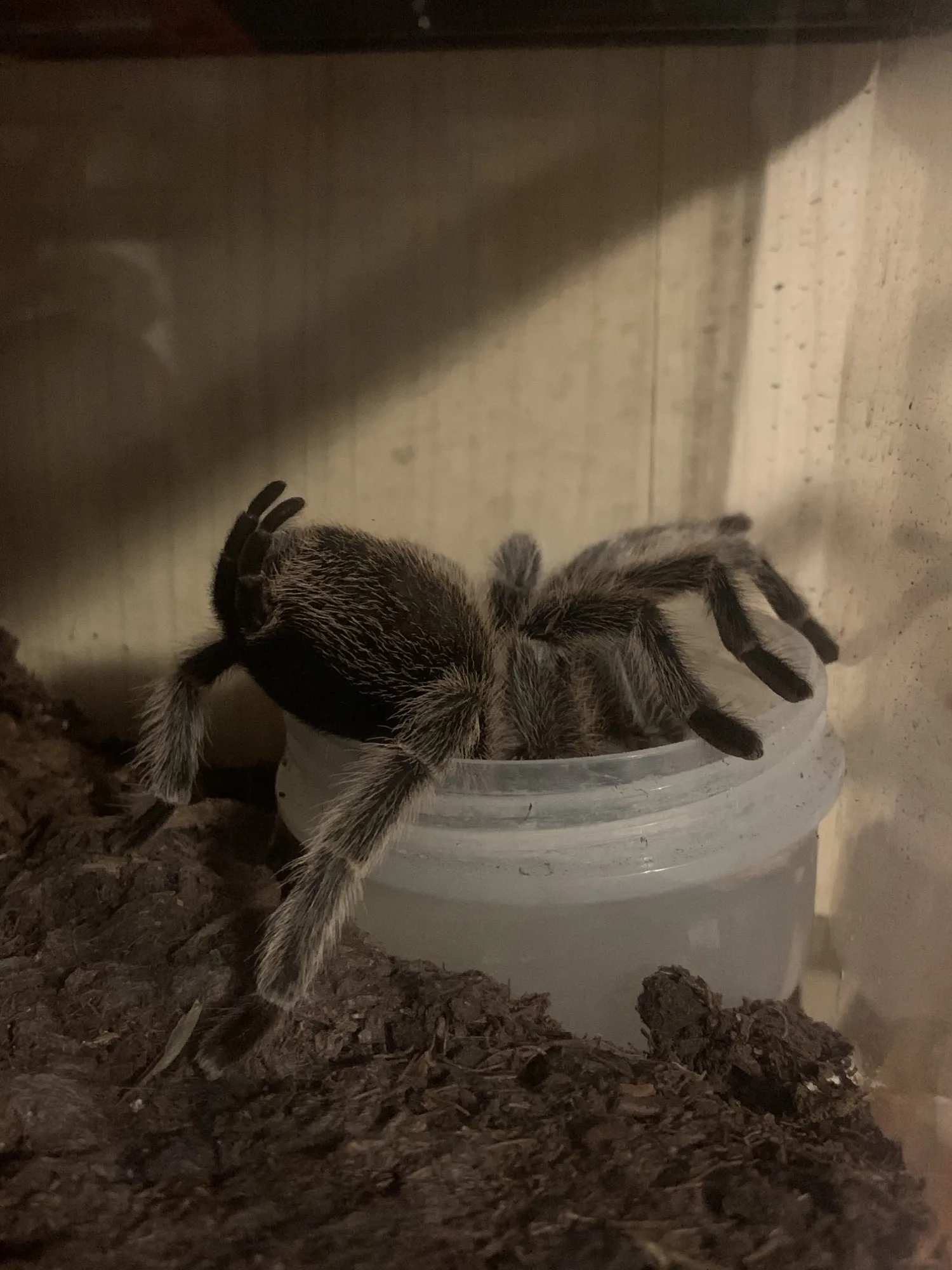
If the bald spot is extensive, inflamed, or if the tarantula shows other symptoms like lethargy, loss of appetite, or difficulty molting, consult a veterinarian experienced with exotic pets. They can perform tests, such as a physical exam, to diagnose any underlying health problems. Early intervention is key to treating more severe issues and ensuring the tarantula’s well-being. A vet can provide professional advice and suggest treatments.
Preventing Bald Spots
Preventing bald spots involves proactive care and regular maintenance. This includes creating an optimal environment, maintaining a healthy diet, and consistent observation to catch any early signs of potential problems.
Provide Proper Habitat
The foundation of prevention is maintaining the right habitat. This means the enclosure must be the right size, with appropriate humidity levels, and suitable substrate. Regular cleaning to remove waste and uneaten food is also important. Provide hiding places to allow the tarantula to feel secure and reduce stress. A well-maintained habitat minimizes the likelihood of environmental stressors that contribute to hair loss.
Maintain a Healthy Diet
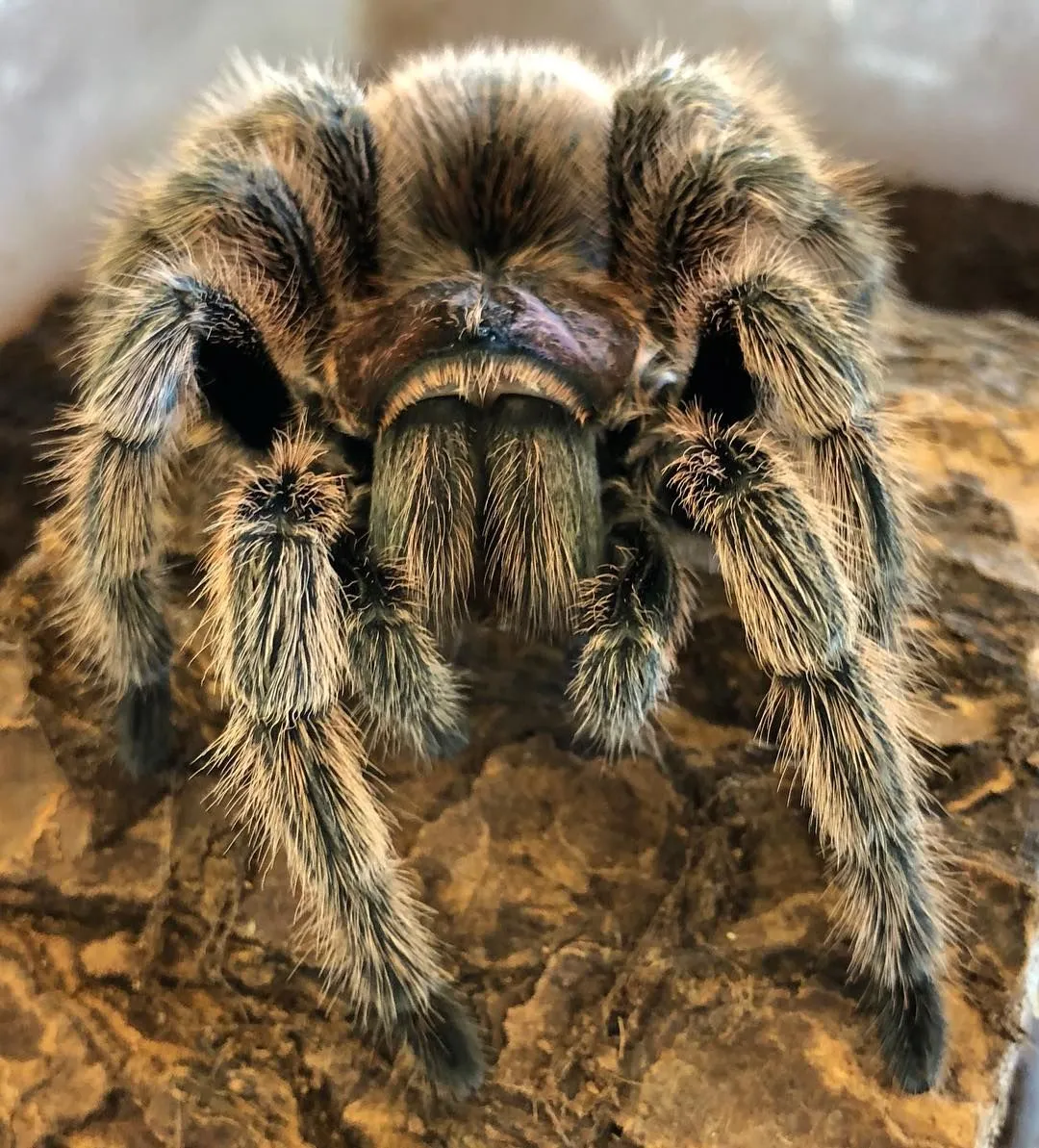
A balanced diet is vital for overall health and the integrity of the exoskeleton. Feed the tarantula a variety of properly gut-loaded insects to meet its nutritional needs. Ensure fresh, clean water is always available. Avoid overfeeding. A good diet strengthens the tarantula and makes it less susceptible to health issues, including hair loss.
Regular Inspections
Regularly inspect your tarantula. Look for any bald spots, changes in behavior, or other signs of illness. Early detection is crucial for addressing any issues promptly. Note the appearance and location of bald spots. If you notice any changes, adjust your care routine as needed. Through consistent observation, you can ensure that your Rose Hair Tarantula remains healthy and thriving.
In conclusion, while bald spots on Rose Hair Tarantulas can be concerning, they are often manageable. Understanding the potential causes and implementing preventative care measures can ensure your pet stays healthy and lives a long life. By providing the right environment, a proper diet, and regular monitoring, you can help your tarantula thrive. Should you have further concerns, consulting with an experienced veterinarian is always a good idea.
